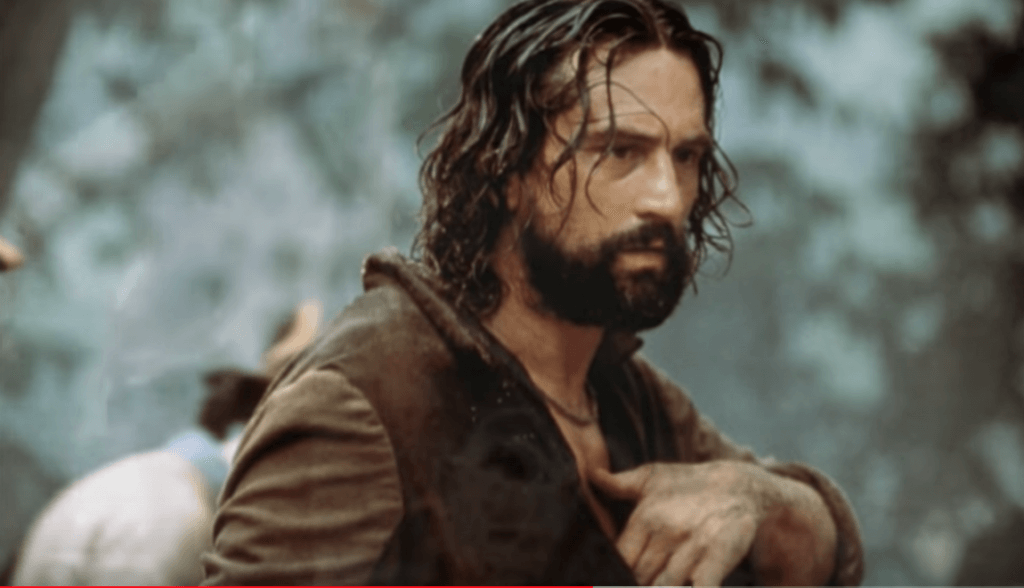The Mission, a feature film directed by Roland Joffé in 1986, enjoys wide recognition from critics and viewers, and is not surprising, as its qualities are numerous, from the soundtrack of Ennio Morricone to the performances of Jeremy Irons, Ray McAnally and Robert de Niro, not to mention his photography (which won an Oscar) and his wardrobe , however, its virtues go beyond the purely cinematic, constituting an excellent historical portrait.
The central theme, the Guarani Jesuit missions, is presented with great fidelity, both architecturally and socially, perhaps the best known phenomenon of these missions is their community organization, often linked to socialist approaches, and the suspicions they have aroused among their contemporaries. .
- The border situation between the Spanish and Portuguese colonial empires is what triggers the conflict in the film.
- In this way reference is made to the Treaty of Madrid of 1750.
- Between the two powers.
- Which would entail the exchange of hands in these territories and the disappearance of the reductions.
- In the context of political conflict.
- Other historical features will appear in dialogues.
- Such as references to the Marquis of Pombal or the French utopian Socialists.
The laws of the Castilian kingdoms of India (political entities that were formed in Hispanoamerica) also take their place in the conspiracy, linked in this case to the unfortunate violations of it that were sometimes committed by the Spanish colonial authorities. Slavery of Aboriginal peoples, who were legally subjects of the Spanish Crown and cannot be subjected to servitude, is a reality observed in some cases. The remoteness of settlements facilitated the abuses of some greedy officials, governors or businessmen.
The success of the film is not based on these values, nor on the excellent reconstruction of the festivals and customs of the Métis society of the colonial capital; the plot advances with its characters, effectively constructed, and which function perfectly as archetypes of the men of their time and, at the same time, deposit timeless qualities and emotions that easily connect with the viewer.
Among all the characters, two should be noted: Father Gabriel (Jeremy Irons) and Rodrigo Mendoza (Robert de Niro), who shape the contrast sought by the director. Proximity to the historical past can generate problems of understanding of the protagonists, and you can make the mistake of analyzing their behaviors and motivations from the current vision, forgetting the barrier of time that separates us.
The slavery of the Aboriginal peoples, who were legally subjects of the Hispanic Crown and could not be subjected to servitude, is a reality observed in some cases.
Perhaps even more difficult to understand today is the reaction of the protagonists to a first contact with cultures and peoples on the other side of the ocean, so different from what was known. Despite all social changes, the raw material remains constant, the human spirit.
Joffé’s approach to the ties of the two characters of A Misso is masterful, both of which were defined in their first contact with the Guarani, an element with which all the characters of the film are built.
The way Father Gabriel attracts the attention of indigenous peoples is by trying to use a universal language using a wind instrument, in this way the beauty and music of your oboe establish a communication between those to whom neither language nor gestures are able to communicate. Even the instinctively violent response to the unknown of the Guarani warriors recedes to Gabriel’s success in his mission.
Your whole plot will be marked by that love and compassion for the different, which generates a feeling of reciprocity. In fact, it was one of the faces of contact with europeans.
Like Father Gabriel, many religious came to America with the intention of teaching their inhabitants what was most precious to them. The adventurous and potentially lethal behaviors of these missions may seem shocking today, but they make sense when you understand the importance of the message being passed on to these men.
Rodrigo’s first contact could not be more different, using another universal language through a different instrument, in this case the fire, the violence of his musket is a sign of the evolution of his bow, this same violence will mean the death of the character and the compassionate response of Gabriel and the Indians to his surrender.
Over time, greed will be replaced by despair as the engine of a new military confrontation, armed conflicts were constant at the time, and even the Jesuits sometimes continued to defend defensive wars, in the end, with an implicit musical message, Joffé shows us. the immortal victory of men like Father Gabriel.

